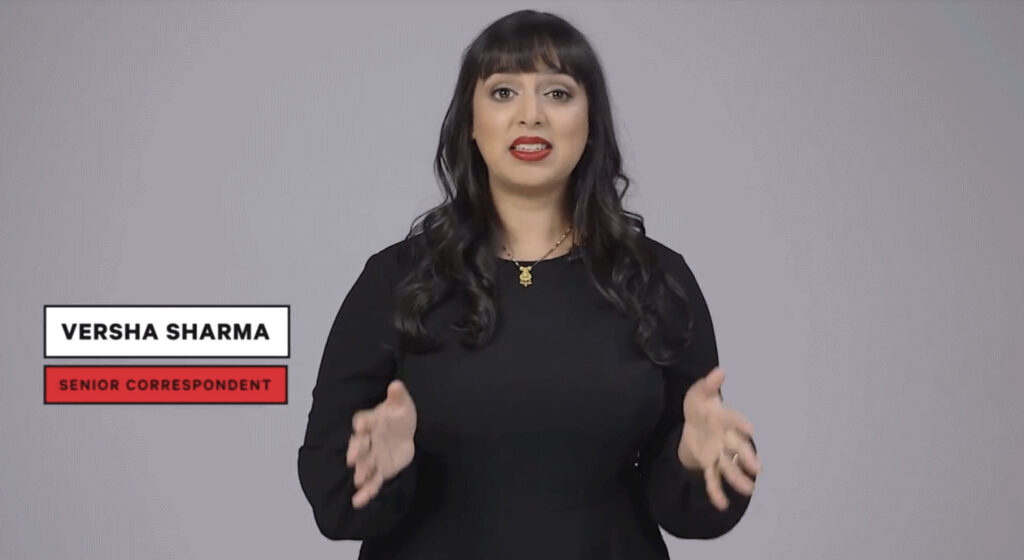
Breaking down the explainer video
Mizzou students Abby Ivory-Ganja and Marlee L. Baldridge are at the Online News Association Conference to cover tech and innovation sessions for RJI. Visit our ONA page to see all the coverage.
Story by Marlee Baldridge
An Explainer video is usually the shorter, more informal version of a Wikipedia article. It breaks down an idea or story and puts it into context for the viewer. Popular news channels that produce “Explainer” videos are Vox, NowThis, AJ+, UpWorthy, and many more. However, these are all online news organizations, so how can legacy media learn to create these viral information tools, and how can they fit them into the workflow?
First, why should news outlets produce them? For one, as Imaeyen Ibanga from AJ+ said when she opened the session, it’s a great source of evergreen content. Topics can be interesting and applicable for years to come. They can be reposted and viewers can consume them at any time.
It’s also a very accessible piece of news, as experts and novices alike should be able to learn something from the best videos. If a newsroom has personalities it can count on for user engagement, this is another way for them to be put in front of readers.
Versha Sharma, from NowThis, created a series about Russia that brought expertise from her background as an international reporter into a more informal realm, where she can stand in for the audience to ask questions, react to information, and acknowledge accomplishment by thanking the viewer and letting them know where they are in the series.
For most kinds of Explainers, these videos take time and resources. Both Ibanga and Valerie Lapinski from Vox said that video production takes an average of three weeks. Sharma said that NowThis experienced much tighter turn-around times, but those were also usually breaking news coverage.
This brings up a very important point for newsrooms, which is that they often do not have the resources or time to invest in these type of projects. Another obstacle might be that for a newsroom like Vox, Lapinski says that they make a point never to delegate story ideas from management. All video producers must pitch their stories, rarely are they ever assigned. This allows for a lot of creative freedom, which might not be realistic for a newsroom on deadline, and whose project budget is tightly determined by audience data.
The good news is that while Vox’s high production reflects a lot of skills investment in AfterEffects, Lapinski assures that this is not required for a good explainer video. Some of the best are the most simple: A camera focused on a white board, or a stop-motion post-it animation.
The best explainers answer a question in an interesting way. Ibanga says that a good explainer provides context, which she usually mixes with pop-culture references in a timeline to the event she’s explaining, or phenomenon she’s dissecting. Lapinski said that Explainers should have an “answerable” question. It’s not simply a “yes” or “no” answer, it’s long and complex. The answer needs to have a visual element.
If you find yourself saying, “Let me start from the beginning,” and using your hands to describe what you’re talking about, then it’s probably a good candidate for an explainer video.